 Josh Bersin
Josh Bersin
 Josh Bersin
Josh Bersin
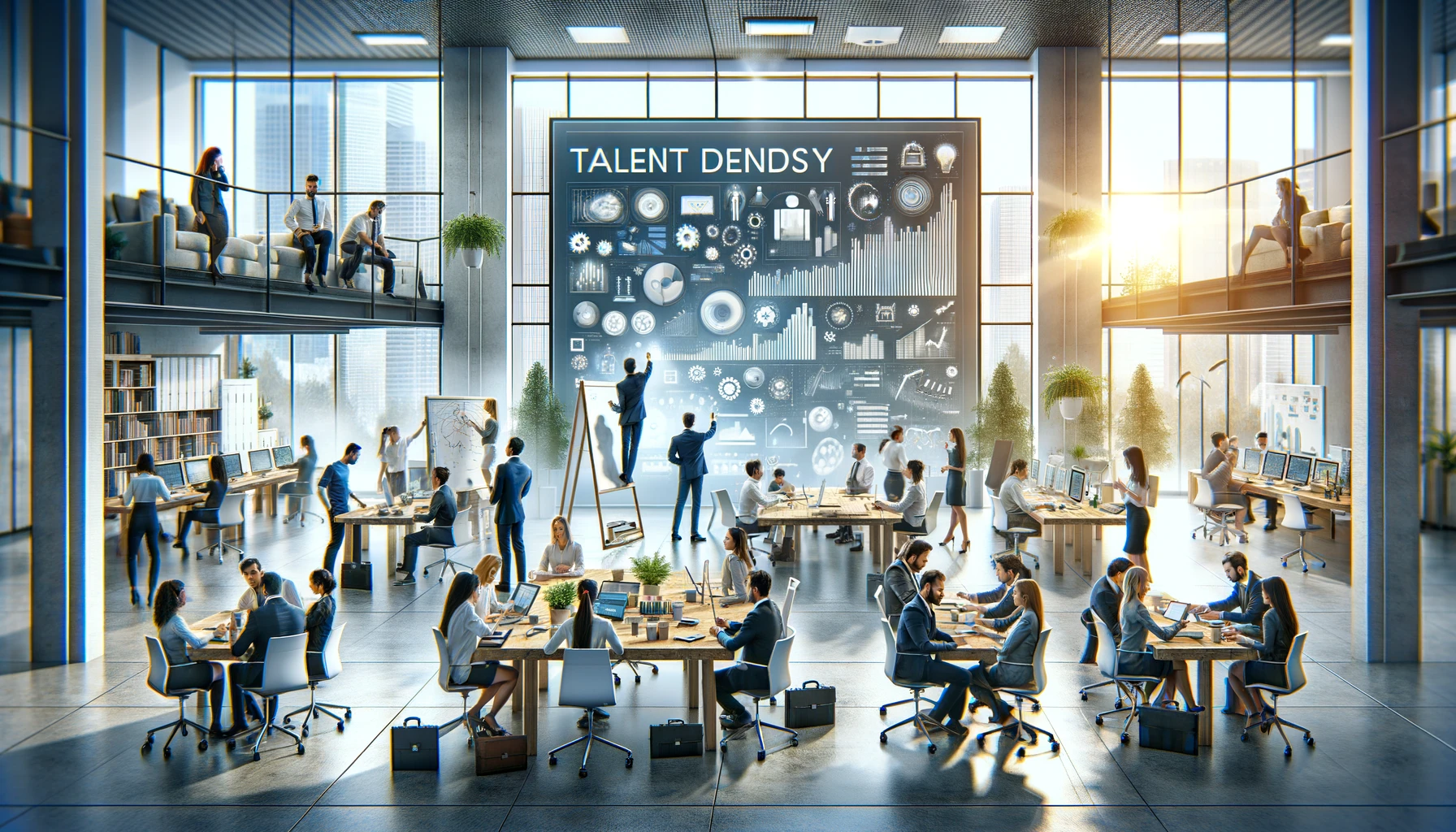 Josh Bersin
Josh Bersin
 Josh Bersin
Josh Bersin
 Josh Bersin
Josh Bersin
 Josh Bersin
Josh Bersin
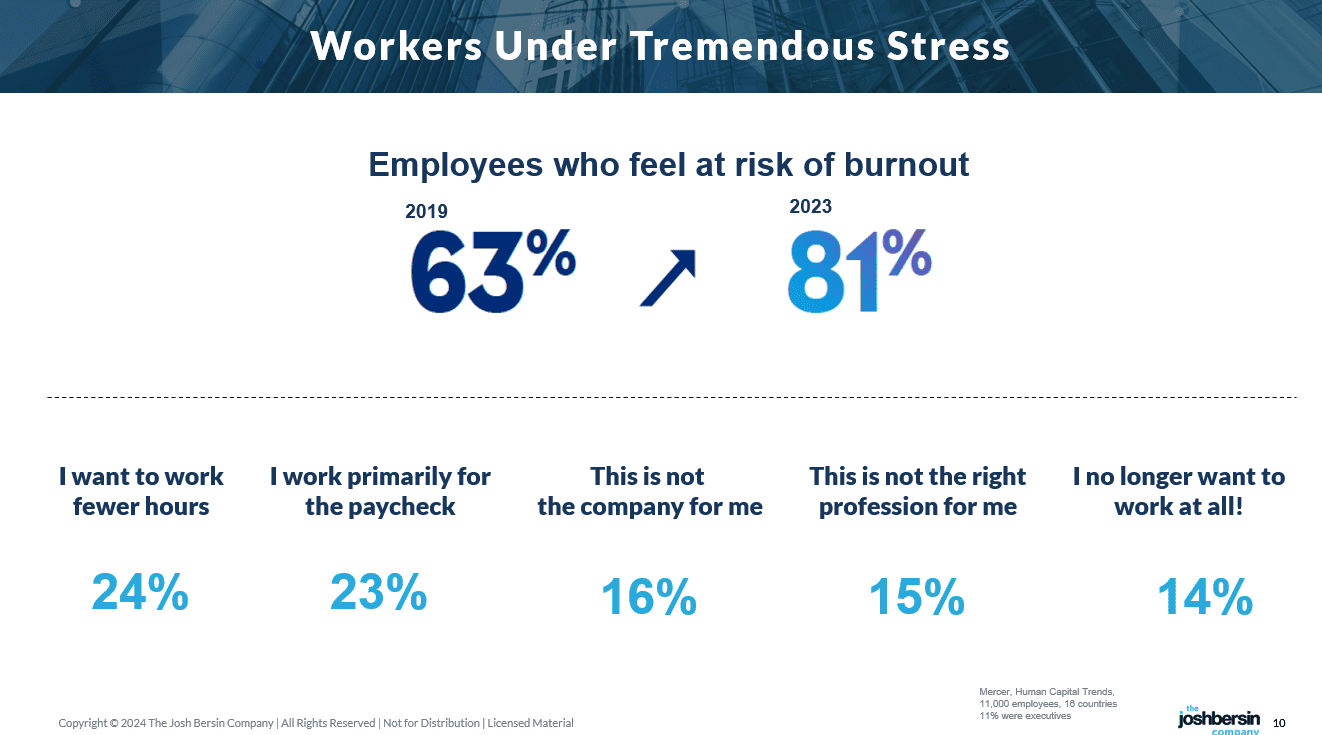 Josh Bersin
Josh Bersin
 Josh Bersin
Josh Bersin
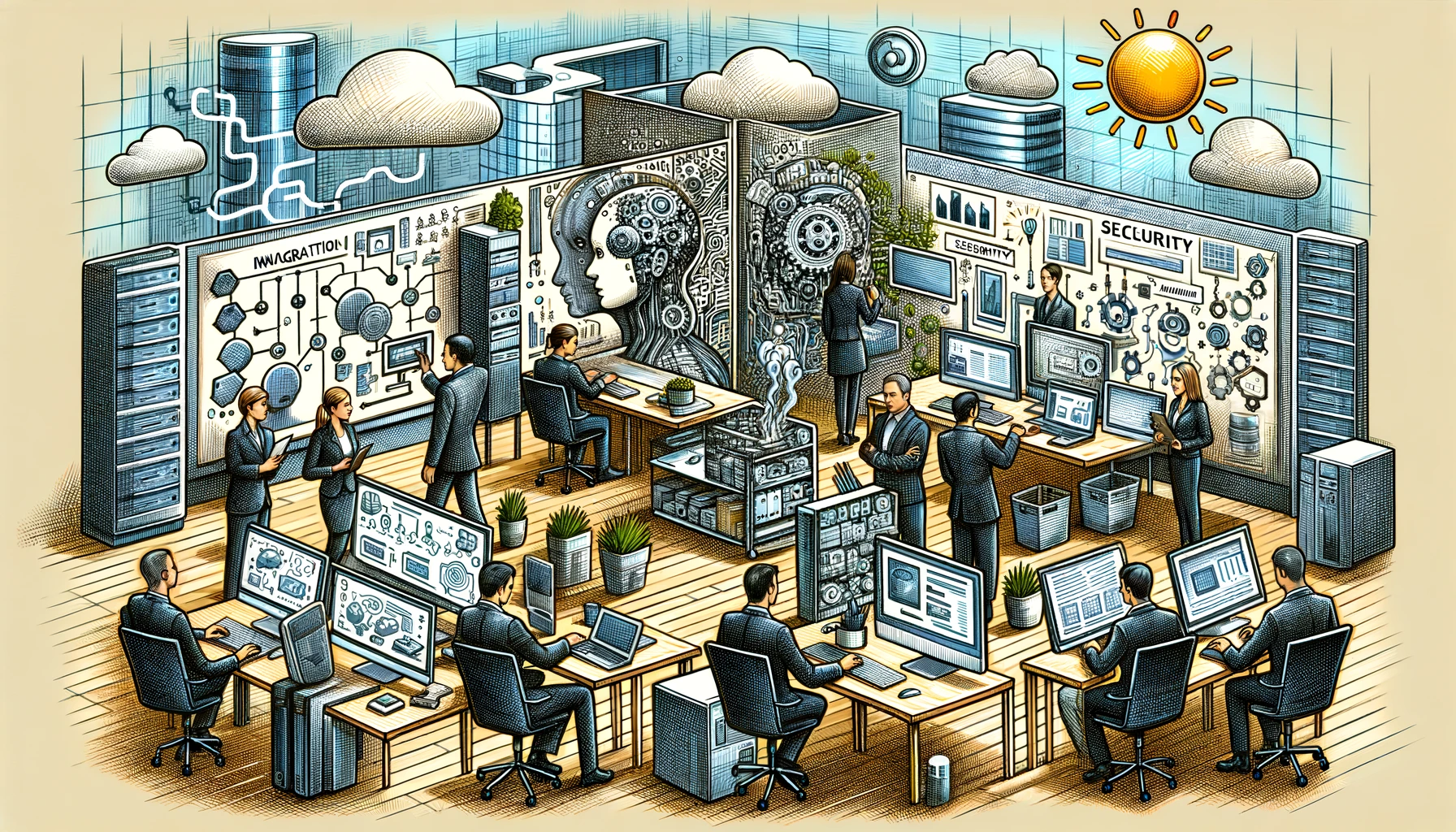 Josh Bersin
Josh Bersin
 Josh Bersin
Josh Bersin

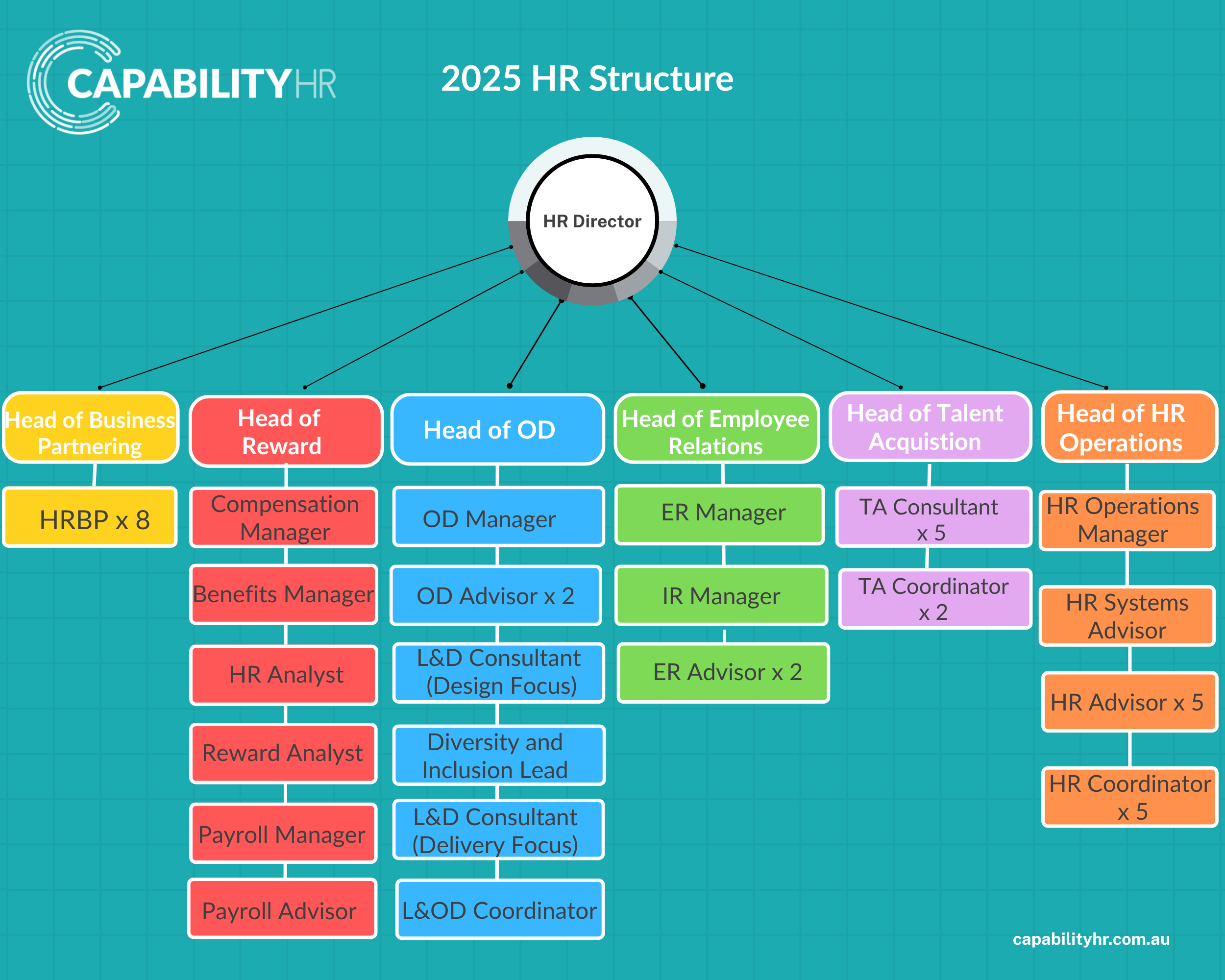


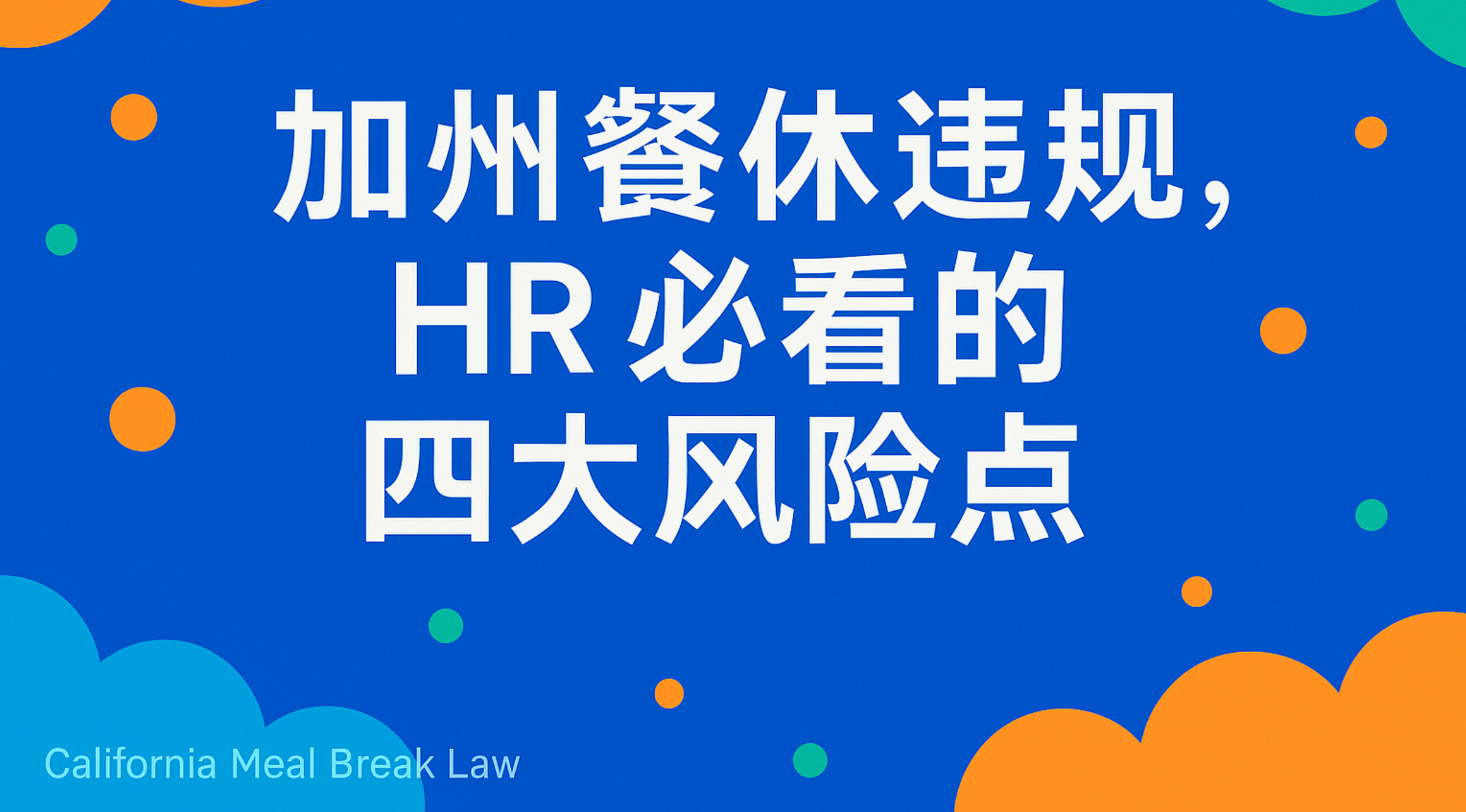
 扫一扫
添加客服
扫一扫
添加客服




